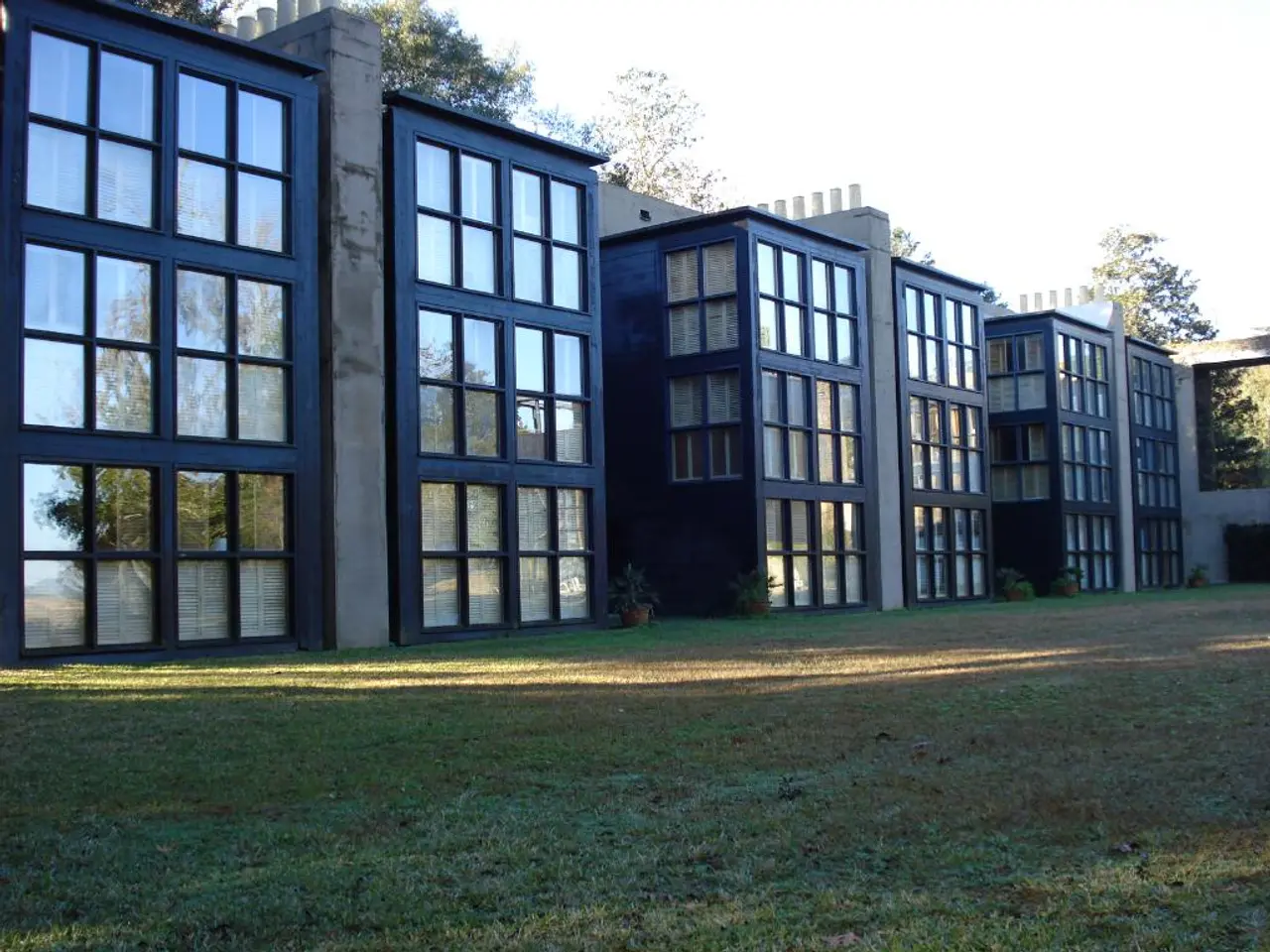Guide for Constructing a Treehouse: Essential Strategies and Ingenious Suggestions
In the heart of nature, a tree house can be a magical escape. To ensure it's not just a haven but also a safe and long-lasting structure, careful consideration is required when choosing materials, design, and construction methods. Here's a comprehensive guide to help you build your dream tree house.
**1. Select the Right Tree or Support**
Start by choosing a strong, healthy tree with a minimum 12-inch trunk diameter. Ideal species include maple, oak, hemlock, and fir, which offer a robust natural foundation. If no suitable trees are available, install additional support posts to ensure stability and safety.
**2. Choose Durable Framework Materials**
For the main framework, use pressure-treated lumber. This type of wood resists decay, insects, and rot, making it the best choice for longevity and safety. For walls and floors, select exterior-grade plywood or weather-resistant wooden planks. Leave small gaps between floorboards for drainage.
**3. Roofing and Weatherproofing**
Options for a weatherproof roof include metal roofing, asphalt shingles, or specially treated wood shingles. Apply sealants, stains, or paints to exposed wood surfaces to further enhance resistance to moisture and insects.
**4. Hardware and Fasteners**
Use bolts, screws, and brackets made from galvanized or stainless steel to prevent rust and ensure long-term strength. Inspect all connections and hardware periodically for signs of wear or loosening.
**5. Additional Considerations**
For year-round use, incorporate insulation and consider eco-friendly options like composting toilets and rainwater collection systems. Consult with a treehouse builder or arborist for complex builds or to ensure code compliance.
**Components and Recommended Materials**
| Component | Recommended Material/Feature | Purpose/Rationale | |------------------|--------------------------------------|-----------------------------------| | Framework | Pressure-treated lumber | Resists decay, insects, rot | | Walls/Floor | Exterior plywood, planks (gaps) | Weather resistance, drainage | | Roof | Metal, asphalt, treated shingles | Weatherproofing | | Hardware | Galvanized/stainless steel bolts | Rust resistance, long-term hold | | Weatherproofing | Sealants, stains, paints | Enhances durability, moisture |
**Further Considerations**
Outdoor lighting can add ambiance and a cozy atmosphere. Support posts can be attached to the tree using lag bolts or secured to the ground with concrete footings or anchors. The platform should be sturdy and level, built using pressure-treated lumber.
Common materials for treehouse construction include wood, metal, and composite materials. Safety gear, such as a hard hat, gloves, safety glasses, and a harness, are essential for tree house construction. Windows and doors can be cut and installed in the walls, with options for materials such as plexiglass or tempered glass.
Measuring tools, cutting tools, fasteners, a drill, ladders, and other tools are necessary for tree house construction. A mature tree with a trunk diameter of at least 12 inches is typically suitable for a tree house.
A dependable portable power station, such as the 757 PowerHouse with 1229Wh capacity and 1500 wattage, can be useful for powering tools during tree house construction. The cost of building a tree house ranges from $400 to $14,000, depending on factors such as size, materials, and complexity of design.
Seating, such as benches, chairs, or hammocks, can be added for comfort. Decorations, such as flags, wind chimes, or plants, can be added for personal touches. A well-built tree house that is properly maintained can last for about 10-25 years.
Wall frames are created using pressure-treated lumber and attached to the platform and support posts. The roofing material of choice is installed over the frame. Develop a general plan for the tree house, including a rough sketch of the design, size, height, and style.
By following these guidelines, you can ensure your tree house is safe, sturdy, and built to last, providing you with a magical retreat in the heart of nature for years to come.
- Incorporate outdoor-living elements to enhance your tree house, such as adding outdoor lighting for ambiance or seating like benches and hammocks for comfort.
- Consider home-and-garden features that promote eco-friendly living, like rainwater collection systems and composting toilets, for a sustainable lifestyle in your tree house retreat.




